Science Explains Why You See Faces In Everything
by DavidCline@omgfacts.com, 8 years ago |
4 min read
Think that’s Jesus in your toast? You’re not alone.
Two hours northwest of Tokyo there’s a museum full of rocks. That may not seem terribly unusual — museums display all sorts of rocks, from arrowheads to meteorites. But the ones at the aptly-named Hall of Curious Rocks in Japan weren’t selected for their historic or scientific importance: they were chosen because they look like faces. And I mean, literal faces. Most of the 1,700 stones on display are classified as jinmenseki, the Japanese word meaning “rock with a human face.” There’s an Elvis rock, an orange one dubbed “the Nemo rock,” and many, many others that don’t look like anyone in particular.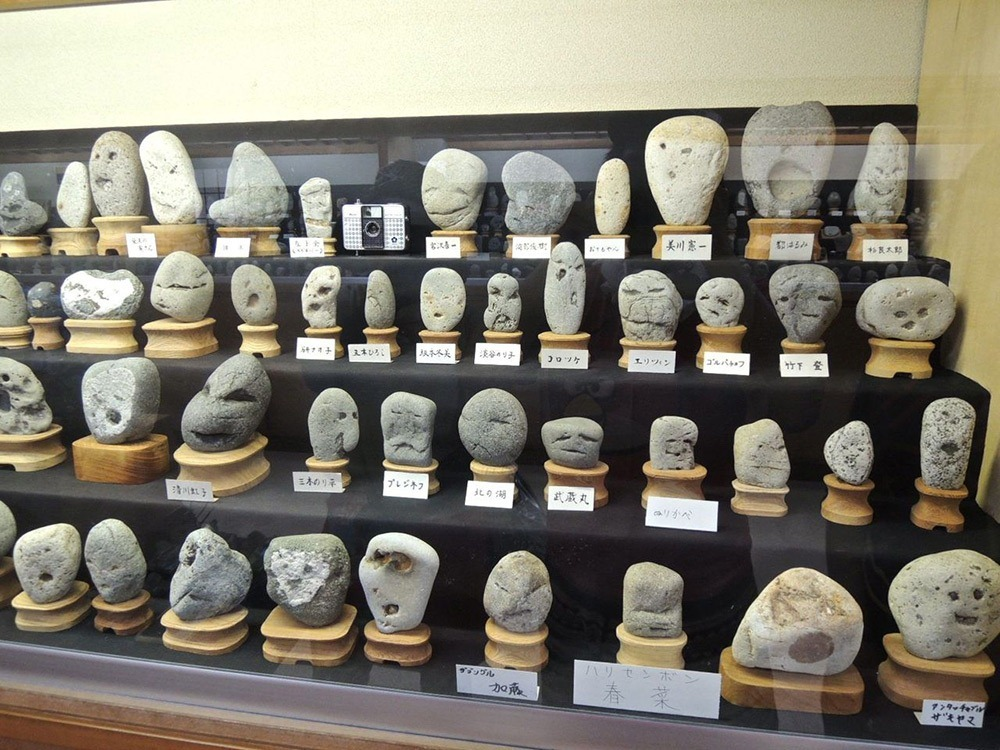
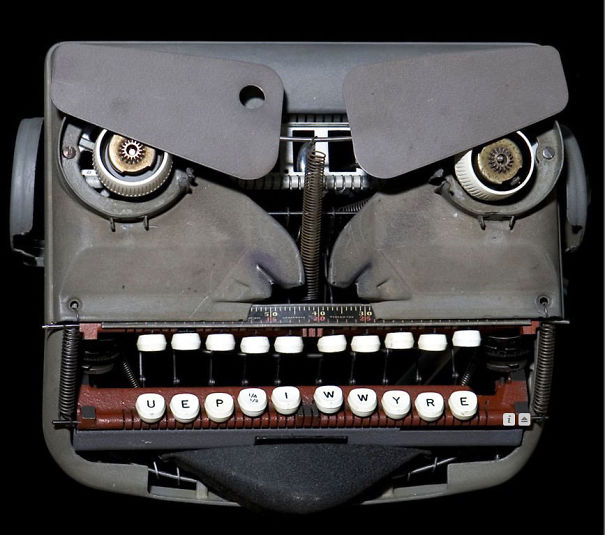
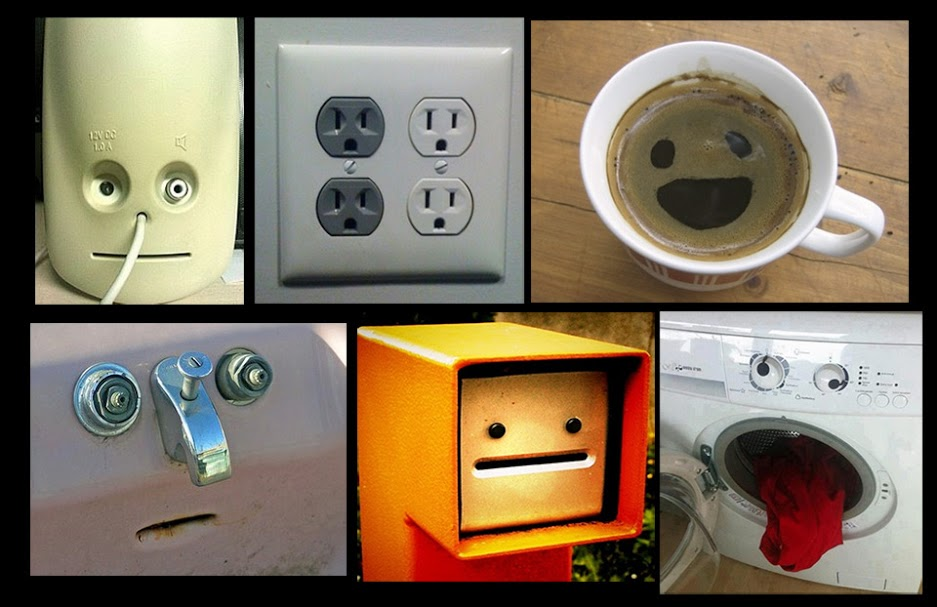
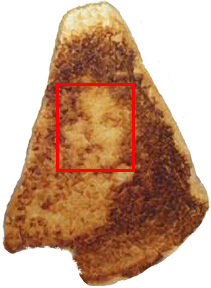
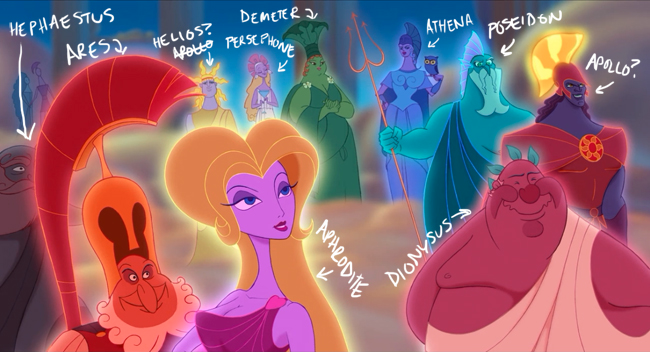
✕
Do not show me this again
